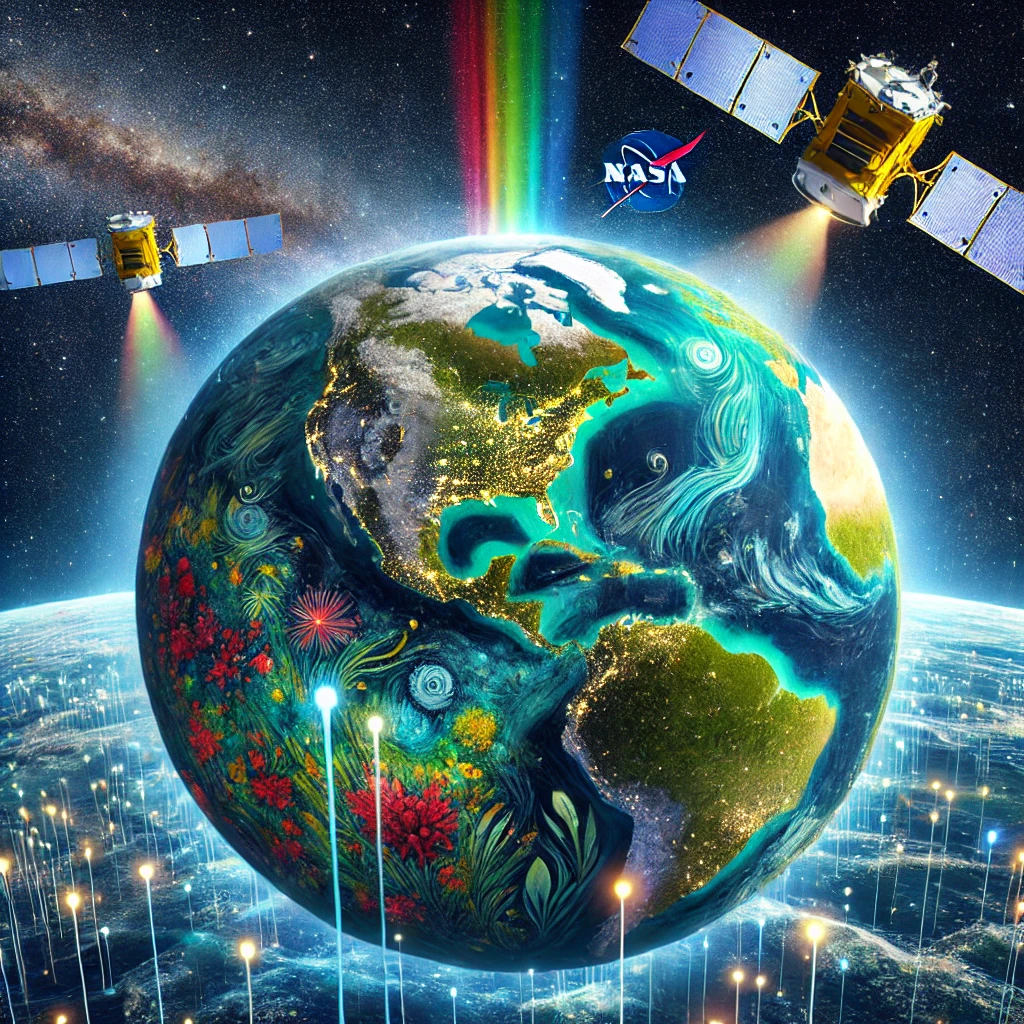These missions will provide unprecedented insights into the health of our oceans and freshwater resources, enhancing our understanding of climate change and its impacts.PACE Mission: Monitoring Ocean HealthThe Plankton, Aerosol, Cloud, ocean Ecosystem (PACE) mission is scheduled for launch in 2024. PACE will extend NASA’s over 20-year record of satellite observations by measuring key variables associated with cloud formation, airborne particles, and microscopic marine life known as phytoplankton.
By tracking phytoplankton communities over time, PACE will monitor ocean health and its relationship with the atmosphere, providing critical data on how living marine resources respond to a changing climate. SWOT Mission: Surveying Earth’s Surface WaterThe Surface Water and Ocean Topography (SWOT) mission, a collaboration between NASA and the French space agency CNES, aims to conduct the first global survey of Earth’s surface water. SWOT will measure the height of water in Earth’s freshwater bodies and the ocean, providing insights into how the ocean influences climate change, how sea level rise affects coastal communities, and how freshwater resources are changing over time. Revealing a Hidden WorldTogether, PACE and SWOT will unlock secrets of Earth’s aquatic environments, offering a comprehensive view of the planet’s water systems.
PACE’s advanced imaging will shed light on the complex interactions between aerosols, clouds, and the ocean, addressing critical pieces of the climate puzzle. Meanwhile, SWOT’s high-resolution measurements will capture fine details of the ocean’s surface topography and monitor changes in terrestrial surface waters, enhancing our understanding of the availability of Earth’s freshwater resources. Implications for Climate ScienceThe data collected by these missions will be instrumental in addressing pressing issues such as climate change, ocean health, and water resource management.
By providing detailed observations of the Earth’s water systems, PACE and SWOT will enable scientists to better predict environmental changes and inform policy decisions aimed at preserving these vital resources.In summary, NASA’s PACE and SWOT missions represent a significant leap forward in Earth science, promising to reveal the hidden dynamics of our planet’s oceans and freshwater bodies.
As these missions unfold, they will provide invaluable data to help safeguard Earth’s precious water resources for future generations.

















+ There are no comments
Add yours